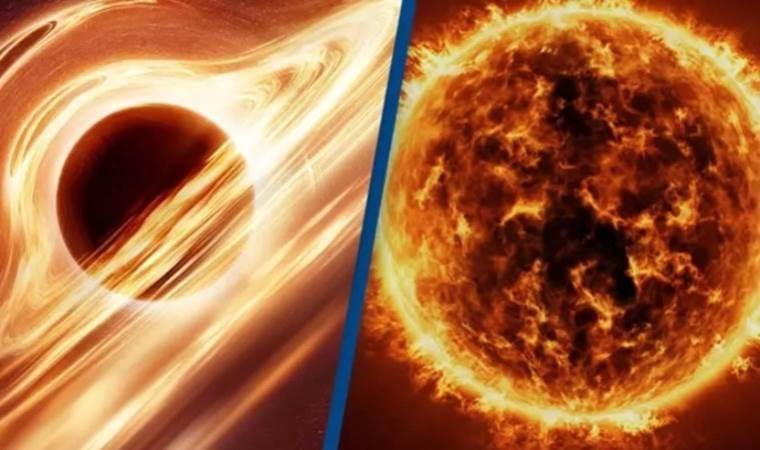Universe's brightest quasar found, eats 413 suns a year
Australian scientists have made a groundbreaking discovery, uncovering what is considered the brightest object in the universe, a quasar named J0529-4351. The findings about this celestial body have been published in the peer-reviewed scientific journal Nature Astronomy, revealing that the object shines 500 trillion times brighter than the Sun.

The Sun, with a luminosity of 35.73 octillion lumens, is nearly impossible to look at with the naked eye. However, the newly discovered object outshines it by 500 trillion times.
The term "octillion lumens" is used to denote the brightness of a light source, with lumen being the unit measuring the total amount of light emitted. While billions, trillions, or even more lumens can describe the brightness of a light source, "octillion lumens" refers to an extraordinarily large amount.
The Object is a 'Quasar'
The research team from the Australian National University, including Christian Wolf and his colleagues, have identified this luminous object as a quasar.
Quasars, short for Quasi-Stellar Radio Sources (QSO or QSR), are bright celestial objects located at the centers of distant galaxies. These are among the most radiant and powerful entities in the universe.
The existence of the quasar J0529-4351, as detailed in the recent article in Nature Astronomy, adds to the list of approximately one million quasars known in the universe. Being named the brightest among them is highlighted by researchers as a significant achievement.
'Consumes 413 Solar Masses a Year'
The brightest quasars, such as J0529-4351, are noted to be among the most challenging to discover.
According to the Australian National University researchers, J0529-4351 draws its power from a supermassive black hole, likely making it the 'fastest-growing' black hole in the universe. Studies estimate that this quasar consumes about 413 solar masses a year, with its mass ranging between 5 to 50 billion solar masses.
'We Don't Think This Record Can Be Beaten'
Speaking to The Independent, Christian Wolf, the author of the article, mentioned in an email that J0529-4351 is the 'most extreme object' known to date.
Wolf and his team, who had also discovered the previous brightest quasar, told New Scientist, "What we've found is the unicorn with the longest horn, the most massive one. We don't think this record can be beaten..."
The Top 10 Brightest Quasars
The list of the top ten brightest quasars is subject to change, as new observations and research can alter the rankings. However, the currently known brightest include:
J0529-4351, newly discovered, is said to be 500 trillion times more luminous than the Sun.
ULAS J1120+0641: Previously known as the brightest, located approximately 12.8 billion light-years away.
SDSS J0100+2802: Located 12.8 billion light-years away.
SDSS J1030+0524: Also 12.8 billion light-years away.
PSO J352.4034-15.3373: 13 billion light-years away.
SDSS J1148+5251: 13 billion light-years away.
SDSS J0303+0054: 13.05 billion light-years away.
SDSS J0101+2802: 13.04 billion light-years away.
SDSS J1048+4637: 13 billion light-years away.
SDSS J1630+4012: 12.8 billion light-years away.
These quasars are typically classified by astronomers as the brightest, but rankings may change with discoveries.

